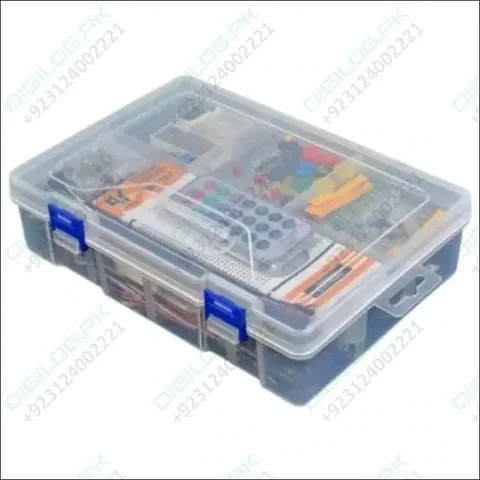Building a DIY mini deep freezer is a more advanced project than a mini fridge, but it can be done with the right components and some patience. The key difference between a mini fridge and a deep freezer is that the deep freezer needs to reach much lower temperatures, which requires better insulation and more effective cooling components.
Materials Needed:
- Insulated Box or Cooler: Use a thick Styrofoam cooler or an insulated box with high R-value for better insulation.
- Multiple Peltier Modules (Thermoelectric Coolers): You will need stronger or multiple Peltier modules to achieve lower temperatures.
- Heatsinks and Fans: Efficient heatsinks with fans are needed to dissipate heat from the Peltier modules.
- Thermal Paste: To ensure good thermal contact between the Peltier modules and heatsinks.
- 12V DC Power Supply: Make sure it can handle the power requirements of multiple Peltier modules.
- Temperature Controller: A thermostat to control the temperature inside the freezer and prevent overcooling or overheating.
- Wires, Connectors, and Switch: For electrical connections and turning the device on/off.
- Silicone Sealant or Weather Stripping: To seal any gaps and improve insulation.
Steps to Build the DIY Mini Deep Freezer:
Prepare the Insulated Box:
- Start with a well-insulated box or Styrofoam cooler. The better the insulation, the more efficient your freezer will be. Consider adding extra insulation if needed.
- Cut out holes in the box for the Peltier modules and ventilation for the fans.
Install the Peltier Modules:
- Attach the Peltier modules to the cooler box with the cold side facing inward. You might need to use multiple Peltier modules to achieve deep freezing temperatures.
- Apply thermal paste between the Peltier module and the cooler's interior to improve thermal conductivity.
Attach Heatsinks and Fans:
- Attach heatsinks to the hot side of each Peltier module using thermal paste. Ensure that the heatsinks are large and efficient enough to dissipate the heat effectively.
- Attach fans to the heatsinks to help blow away the heat. The more efficiently you can remove heat, the colder the inside of the box will get.
Wiring and Power:
- Connect the Peltier modules, fans, and temperature controller to the 12V power supply using wires. Ensure that the power supply can handle the combined current draw of all components.
- Use a switch to control the power to the entire system.
Install Temperature Controller:
- Mount the temperature controller inside the box to monitor and maintain the desired low temperature.
- Set the controller to turn off the Peltier modules when the desired deep freeze temperature is reached and turn them back on as needed.
Seal and Insulate:
- Use silicone sealant or weather stripping around the edges of the box, especially around the lid, to ensure a tight seal. This will prevent cold air from escaping and warm air from entering.
- Double-check all seals and add extra insulation around the box if necessary.
Testing:
- Turn on the power and monitor the temperature using the temperature controller. Adjust the settings to reach and maintain the desired deep freezing temperature.
- Test for any leaks or areas where cold air might be escaping and fix them.
Safety Tips:
- Avoid Overheating: Make sure the heatsinks and fans are sufficient to keep the Peltier modules from overheating, as they can get damaged if they get too hot.
- Electrical Safety: Be cautious when working with electricity. Ensure all connections are secure, and use insulated wires.
- Ventilation: Make sure there is proper ventilation around the heatsinks and fans to dissipate heat effectively.
Applications:
- This DIY mini deep freezer can be used to store small items that need to be kept at freezing temperatures, like ice packs, ice cream, or other perishables. It's ideal for compact spaces and specific needs, such as camping trips or small apartments.
By following these steps and using the right materials, you can create an effective DIY mini deep freezer.
Important links Related to Electronics







Comments
Post a Comment